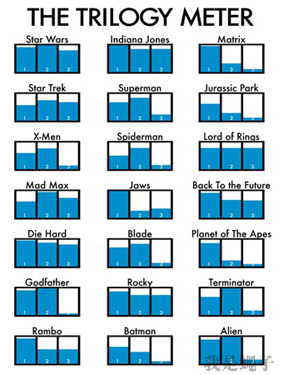Crafting a TED-Worthy Presentation: Lessons from Inspiring Speakers
About a year ago, while en route to Nairobi, Kenya, my colleagues and I encountered Richard Turere, a 12-year-old Maasai boy with a fascinating tale to tell. Living adjacent to a vast national park, his family’s livelihood revolved around livestock, but they faced a persistent challenge: safeguarding their herd from lions, particularly at night. Richard observed that lions avoided approaching when he carried a flashlight. With a natural knack for electronics, honed by dismantling and rebuilding devices like his parents’ radio, he devised a solar-powered system using a car battery and motorcycle indicators to create a moving light display, hoping to deter the predators. The installation proved successful, and soon, neighboring villages adopted Richard’s “lion lights.”

This inspiring story was ripe for a TED stage, yet Richard, a shy boy with limited English, seemed an unlikely candidate. His initial attempts at explaining his invention were jumbled, and the thought of addressing 1,400 people, who were accustomed to hearing from luminaries like Bill Gates, Sir Ken Robinson, and Dr. Jill Bolte Taylor, was daunting. Yet, we recognized the potential of his story and embarked on months of preparation, refining his narrative and rehearsing with him. With practice, Richard gained confidence, and when he finally spoke at TED Long Beach, his nervousness only added to his authenticity. His genuine smile and conviction resonated, culminating in thunderous applause.
Since the first TED conference three decades ago, we’ve welcomed speakers from all walks of life, some polished, others less so. Over time, we’ve developed a process to groom inexperienced presenters into delivering compelling talks. This involves months of script crafting, rehearsals, and meticulous refinement. Our methods evolve, reflecting changes in public speaking, but certain fundamentals remain constant—TED Talks have been viewed over a billion times since 2006.
From this experience, I firmly believe that great presentations are crafted through diligent practice. Chaos can transform into compelling narratives within hours. Our focus on concise, under-18-minute talks holds lessons for all, be it CEOs pitching IPOs, brand managers launching products, or entrepreneurs seeking venture capital.
Developing a Compelling Outline
A great talk starts with a worthy message, carefully structured and refined.
Balancing Storytelling and Substance
We’re wired to love stories, especially those rich in metaphor. A great talk is a journey where the destination is as crucial as the start. Understand your audience’s familiarity with your topic and engage them from the right point. Avoid technical jargon that alienates listeners. Great speakers swiftly introduce their subject, share their passion, and convince the audience why it matters.
A common pitfall is trying to cram too much information. Focus on clarity, not comprehensiveness. Use specific examples to illustrate your points, making the abstract concrete. Don’t recount the entire industry; highlight your unique contribution.
Choosing Your Delivery Style
Once your narrative is set, consider how you’ll deliver it. Reading from a script or teleprompter can distance you from the audience. Instead, use notes as cues or memorize your talk. The latter, though time-consuming, often yields the most engaging results. Remember, the audience appreciates authenticity over a rehearsed monologue.
Mastering Stage Presence
For inexperienced speakers, body language is challenging, yet its impact is often overstated. Content, narrative, and delivery matter more. Limit unnecessary movement; eye contact is crucial. Connect with a few friendly faces in the crowd, as if inviting them into your world. A conversational tone beats a didactic one.
Nervousness is natural; embrace it. Some speakers benefit from pre-talk rituals, like Amy Cuddy’s power posing. Others find solace in deep breaths. Remember, audiences expect and empathize with nerves.
Utilizing Multimedia Effectively
Slides can enhance a talk, but they’re not mandatory. Keep them simple, avoid duplicating spoken content, and consider alternatives like Prezi for dynamic visuals. Videos can be powerful, but keep them short and relevant. Let your visuals augment, not overshadow, your message.
Ultimately, the best presentations come from a fusion of a powerful idea, a well-crafted narrative, and the speaker’s authentic passion. Avoid common pitfalls like self-aggrandizement or overcomplicating content. Instead, focus on delivering a fresh, meaningful idea that resonates. There’s no shortcut to a great talk—originality and authenticity are key.








